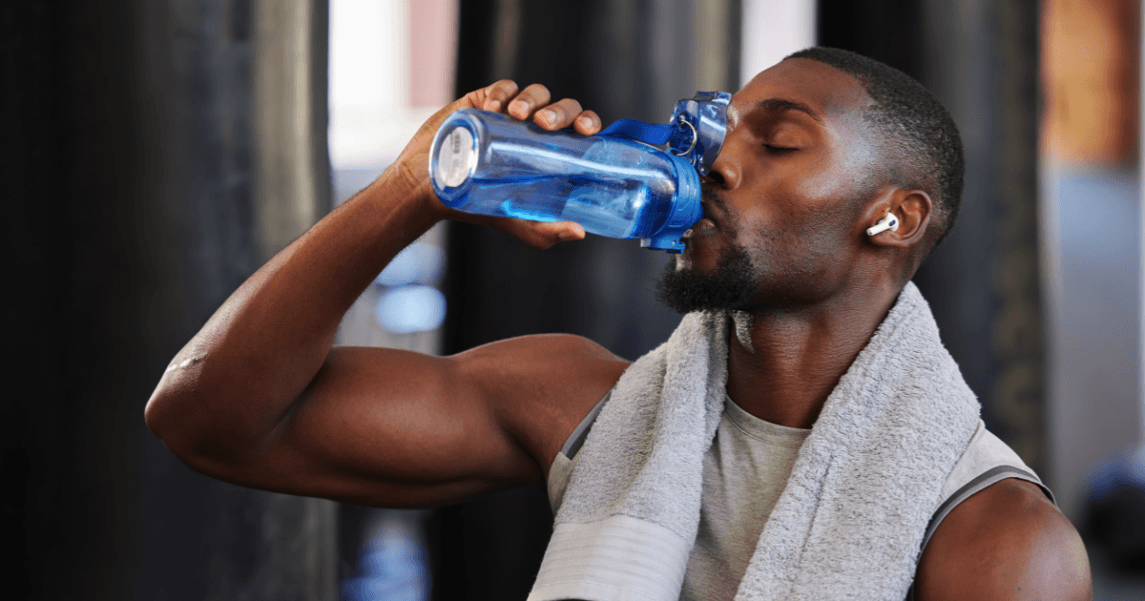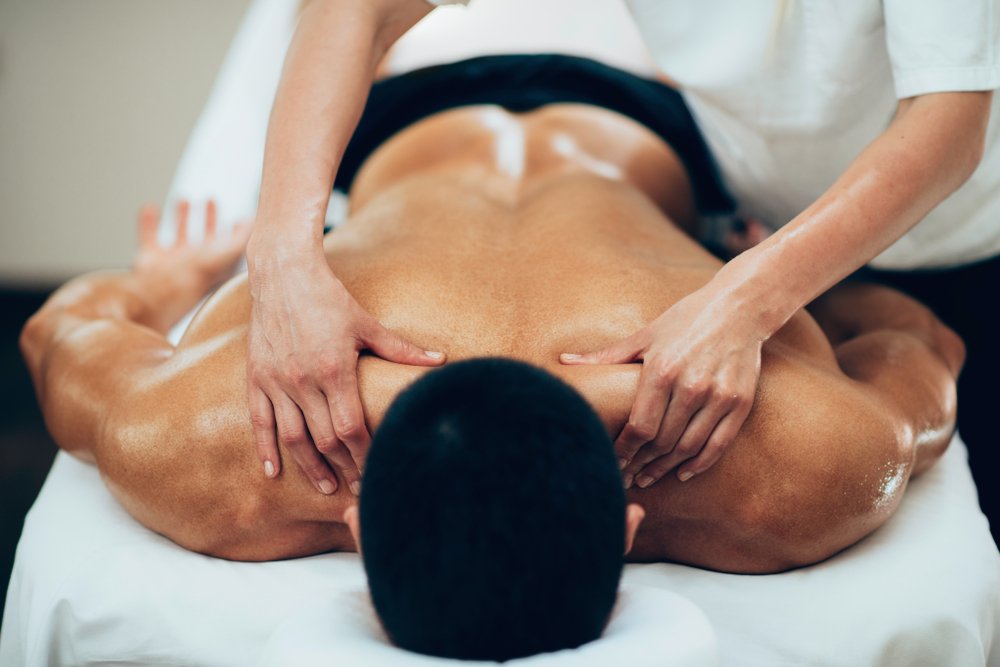The exhilarating rush of completing an intense workout is unmatched – your heart pounds, endorphins surge, and you feel invincible. However, what happens in the hours and days following your training session is just as crucial as the workout itself. Post-workout recovery isn’t just about feeling better; it’s the foundation upon which all fitness progress is built.
Many fitness enthusiasts make the critical mistake of focusing solely on their training intensity while neglecting the recovery phase. This oversight can lead to prolonged muscle soreness, increased injury risk, decreased performance, and ultimately, slower progress toward fitness goals. The truth is that your muscles don’t grow stronger during your workout – they adapt and strengthen during the recovery period.
Effective recovery encompasses multiple physiological processes: muscle protein synthesis, glycogen replenishment, inflammation reduction, and cellular repair. When these processes are optimized through strategic recovery methods, you’ll experience faster healing, reduced soreness, improved performance in subsequent workouts, and better fitness outcomes.
The science of recovery has evolved significantly, revealing that certain techniques can dramatically accelerate your body’s natural healing processes. From hydration strategies and nutrition timing to advanced recovery modalities like cryotherapy and massage, understanding how to properly recover can transform your fitness journey. Whether you’re a weekend warrior or a competitive athlete, implementing evidence-based recovery strategies will help you train harder, recover faster, and achieve your goals more efficiently.
Hydration: The Foundation of Effective Recovery

Proper hydration forms the cornerstone of post-workout recovery, yet it’s often underestimated by fitness enthusiasts. During intense exercise, your body loses significant amounts of water and electrolytes through sweat, which are essential for optimal muscle function and recovery processes.
Dehydration can severely impair your recovery by reducing blood flow to muscles, limiting nutrient delivery, and hampering the removal of metabolic waste products. To optimize hydration for recovery, aim to drink 2 to 4 milliliters of fluids per pound of body weight between two and four hours before exercising. Post-workout, consume about 2 to 3 cups of water for every pound lost during exercise.
For workouts lasting over an hour or particularly intense sessions, consider electrolyte-rich beverages to replenish sodium, potassium, and magnesium levels. Sports drinks can help maintain electrolyte balance, while natural options like bananas, oranges, and nuts provide essential minerals along with other recovery nutrients.
Strategic Nutrition for Muscle Repair and Growth
Nutrition timing and composition play pivotal roles in maximizing recovery efficiency. Your post-workout nutrition window is crucial for muscle repair, glycogen replenishment, and recovery optimization.
Protein Requirements
Consume 20 to 30 grams of high-quality protein within 30 minutes post-workout to support muscle recovery and growth. Complete proteins containing all nine essential amino acids are ideal, including lean meats, eggs, dairy products like chocolate milk, and plant-based options such as tofu and soybeans.
Carbohydrate Replenishment
Pairing protein with carbohydrates helps replenish glycogen stores and provides energy for recovery processes. Effective combinations include peanut butter on wheat bread, hummus with pita bread, or brown rice with black beans.
Meal Timing
Consume a balanced meal containing protein, carbohydrates, and healthy fats within two hours of finishing your workout to maximize recovery benefits. This strategic timing ensures your body has the necessary building blocks for repair and adaptation.
Active Recovery: Movement That Heals

Active recovery involves engaging in low-intensity activities that promote blood flow and muscle repair without adding additional stress to your system. This approach is far more beneficial than complete rest for most individuals.
Effective active recovery activities include light jogging, swimming, cycling, walking, or yoga. These activities increase blood circulation to muscles, reduce stiffness, and promote the removal of metabolic waste products while maintaining flexibility and range of motion.
The key is choosing activities you enjoy while keeping the intensity significantly lower than your regular training routine. Active recovery should feel refreshing rather than exhausting, helping you stay mobile while your body repairs and adapts.
The Power of Quality Sleep
Sleep is when the magic of recovery truly happens. During deep sleep, your body releases growth hormone, which is essential for muscle repair and physical adaptation. People who exercise intensely need even more rest than the average person, with some professional athletes sleeping 10 hours or more per night.
Sleep deprivation can significantly impair muscle recovery by disrupting the body’s inflammation response and hormone production necessary for muscle growth. Aim for 7 to 9 hours of uninterrupted sleep each night to allow your body to repair and regenerate effectively.
To optimize sleep quality, establish a consistent bedtime routine, create a cool and dark sleeping environment, and avoid screens before bedtime. Quality sleep is non-negotiable for serious fitness progress.
Advanced Recovery Modalities

Massage Therapy
Massage has emerged as one of the most effective recovery methods for alleviating delayed-onset muscle soreness and fatigue. Research shows that massage can reduce muscle soreness, pain, inflammation, and perceived fatigue while enhancing relaxation and immune system function. Studies have found that massage has a significant effect on improving flexibility and decreasing post-exercise muscle soreness.
Cold Water Immersion
Cold water immersion, including ice baths and cold showers, can reduce delayed-onset muscle soreness and perceived exertion. Studies have used water temperatures of 59 degrees Fahrenheit or colder, and this technique can target specific areas or involve full-body immersion. Cryotherapy may speed recovery by reducing pain, inflammation, and muscle fatigue after strenuous activity.
Compression Garments
Wearing compression garments has become increasingly popular among athletes. Research has found that compression garments can lower recovery time when worn for specific intervals. While research is still limited, compression garments may help reduce muscle oscillation and improve circulation.
Proper Warm-Up and Cool-Down Protocols
Pre-Workout Preparation
Dynamic stretching and proper warm-up prepare your muscles for exercise demands while reducing injury risk. Effective dynamic movements include leg swings, walking lunges, and arm circles, which activate muscles and improve mobility.
Post-Workout Cool-Down
Spend 5 to 10 minutes doing low-intensity cardio after your workout to gradually decrease your heart rate and prevent blood pooling. Follow this with static stretching, holding each stretch for about 60 seconds while focusing on the muscles used during your workout. This combination helps prevent fluid pooling in muscles and joints while promoting flexibility.
Creating Your Personal Recovery Plan
Developing an effective recovery strategy requires consistency and personalization. Start by implementing the fundamental strategies: proper hydration, strategic nutrition, quality sleep, and basic stretching routines. Gradually incorporate advanced modalities like massage or cold therapy based on your needs and preferences.
Remember that recovery is not a luxury – it’s an essential component of any successful fitness program. By prioritizing these evidence-based recovery strategies, you’ll train harder, recover faster, and achieve your fitness goals more efficiently while reducing injury risk and improving well-being.

